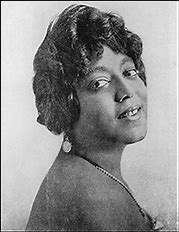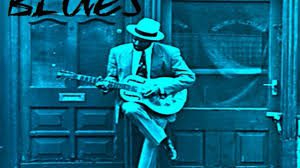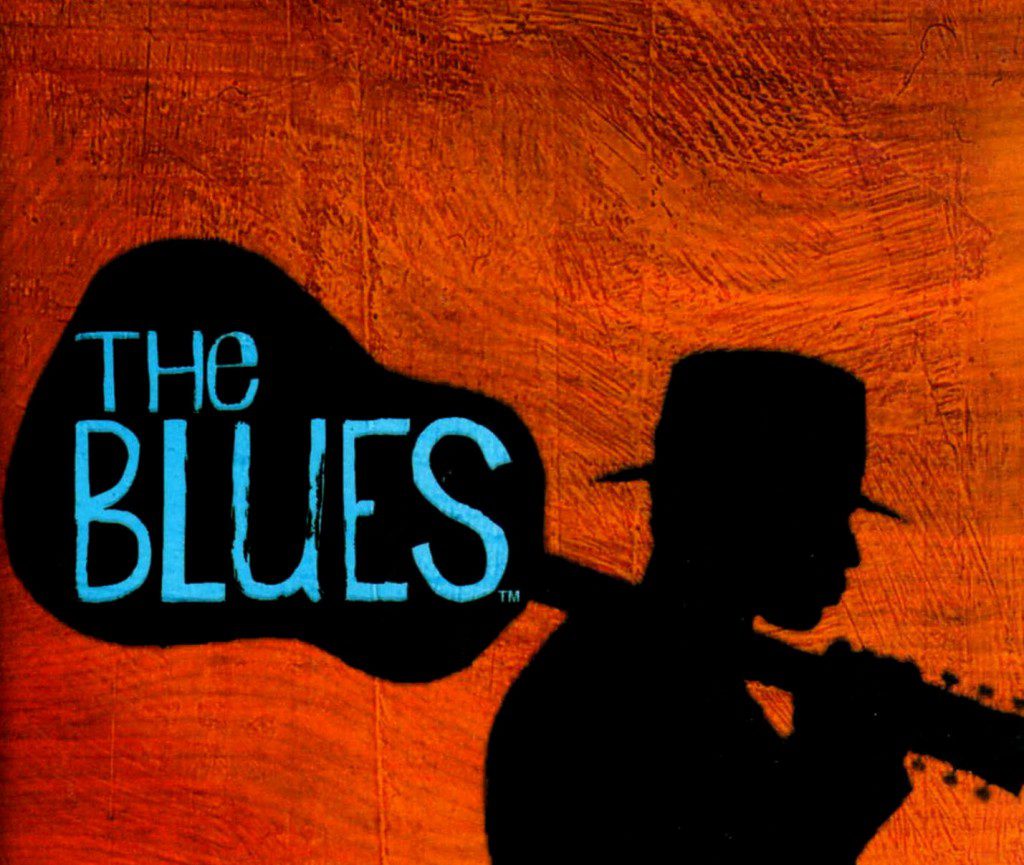Origin of the Genre
- Blues started in the south deep south with the center of the genre being located in the heart of the mississippi delta
- Blues formed at the turn of the 20th century around the same time as negro spirituals but unlike spirituals, blues was a secular genre.
- The instrumentation of the blues comes from folk like melodies and was created as an outlet for African-Americans to talk about their hardships, however, the genre was commodified early on by white recording artists who attempted to convert it primarily to a dance genre, to make more money from it.
- Eventually, early forms of blues were performed in minstrel shows, mocking the true artistry of the genre.
- The commodification of the blues eventually led to the creation of Race Records.
- African-Americans used an array of household tools to create the blues. From washboards, to empty jugs, cans, and more.

Characteristics & Reception of the Genre
- During the height of the Blues, black women dominated the genre
- Artists like Ma Rainey, Mamie Smith, and Bessie Smith were very popular blues artists who performed across the United States in nightclubs, often discussing taboo topics in their lyrics.
- Music came from work songs, call and response, as was popular in earlier genres like negro spirituals and folk music.
- African-Americans used the blues to express their hardships that the were facing in those present moments. The lyrics of the blues express the troubles of everyday life that African-Americans faced in a very candid, honest and at times, heart-wrenching way.

- From the beginning of the genre and throughout its height, educated members of the black community condemned the genre for its speaking of taboo topics and for its raw revelations about the most imperfect aspects of black life in the south. Which ironically, was the reality for a large number of the black community. Thus, This genre was popular amongst middle and lower class blacks, whereas jazz appealed to educated blacks, and blacks who belonged to a higher social class.
- RR stations often were popular spots in which blues music was performed.
- The blues conveys a sad feeling, but it is not necessarily a sad genre. Rather, it is a reflection on the reality that African-Americans in the south were living at the time.
The Truth of the Genre vs. The False Narrative

- When Blues was at its height, many white reporters and musicologists took interest in the ways that African-Americans expressed their plight through this music. However, rather than merely studying, respecting, and appreciating the genre for its authenticity, these white solicitors contaminated the messages that black artists were sharing by writing false narratives about the musicians behind the art with headlines like ”Bad Nigger Makes Good Minstrel.”
Groundbreaking Performers
- Bessie Smith
- Began in minstrel shows. Very honestly Talked about the woes of the black women’s life and about our very unique experience.
- Robert Johnson was another revolutionary blues performer who spoke about his troubles living in Mississippi during the early twentieth century.
“I went to the crossroad, fell down on my knees
I went to the crossroad, fell down on my knees
Asked the Lord above “Have mercy, now save poor Bob, if you please”
Yeoo, standin’ at the crossroad, tried to flag a ride
Ooo eeee, I tried to flag a ride
Didn’t nobody seem to know me, babe, everybody pass me by
Ooo eeee, I tried to flag a ride
Didn’t nobody seem to know me, babe, everybody pass me by
Standin’ at the crossroad, baby, risin’ sun goin’ down
Standin’ at the crossroad, baby, eee, eee, risin’ sun goin’ down
I believe to my soul, now, poor Bob is sinkin’ down”
Standin’ at the crossroad, baby, eee, eee, risin’ sun goin’ down
I believe to my soul, now, poor Bob is sinkin’ down”
Synthesizing the Social Implications of Blues
- Blues was received by educated members of the black community, in a similar manner to how Hip-Hop was first received by educated and primarily older members of the black community. Both genres generated a response of rejection of the genres, with the genres harshest critics claiming that the genres held the race back, and subsequently made the race look bad. In addition to this, as the Blues has aged, there has been an obsession amongst white intellectuals to study the genre and dissect the messages in this genre that they will never understand. Similarly, in the last twenty years or so, there has been an increase in white invasion into the black invented genre of hip-hop. More often than not, white artists in hip-hop attempt to adopt black pain and black culture driven by their tendency to fetishize black pain. Although there are exceptions to this norm, it is still the norm, and it is still a problem.



